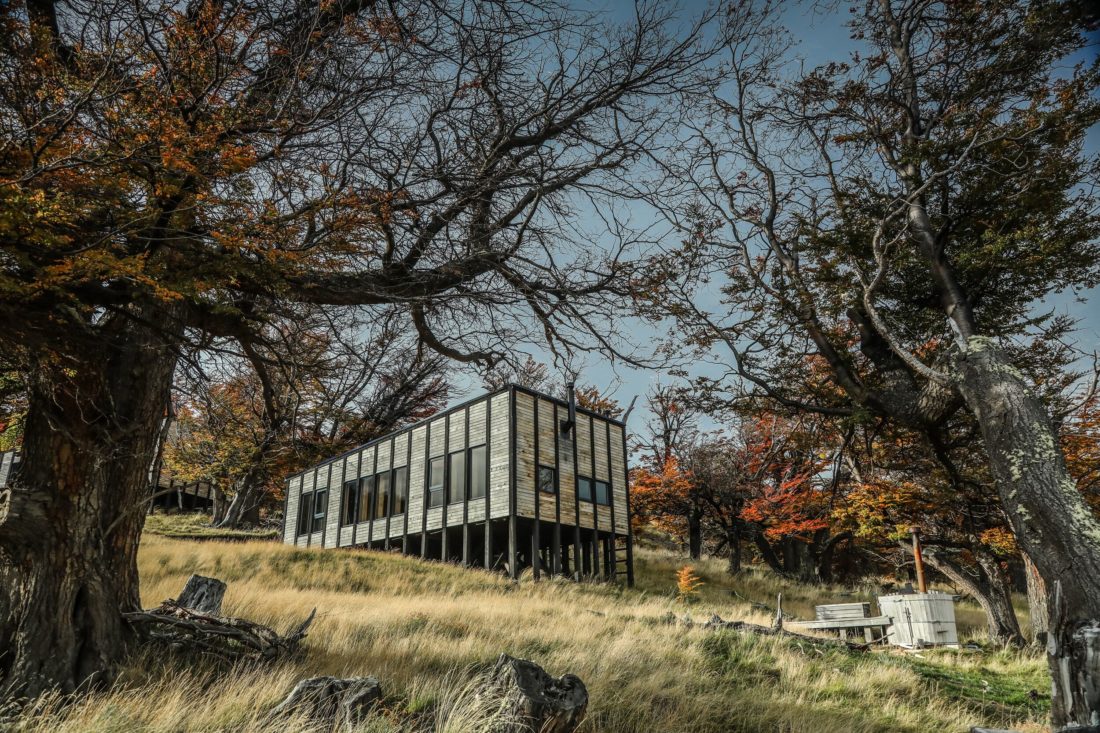“You have to get up early to see pumas,” writes UK writer Chris Moss who has spent the passed three decades writing about South America, and lived in Argentina for some years. “While their numbers are on the up – as well as the numbers of their favoured prey, guanaco – they tend to rest, and digest, once the morning is over.”
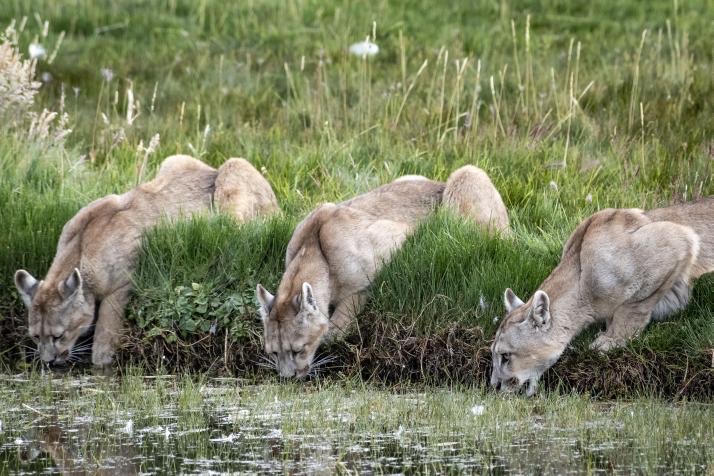
Photo by Awasi Guide Fran Girado @fjgirado
“Staying at Awasi Patagonia, which has established a puma reserve by convincing neighbouring estancieros (ranchers) that there’s money in wildlife tourism, I was told I had pumas on my doorstep – but that they were wary and shy and could see a clumsy human from miles away.”
This was Chris’s first visit to Awasi Patagonia, our Relais & Chateaux lodge in Chilean Patagonia. He had never seen pumas in the wild before.
“I rose at 4.30am to meet Matias, my guide. In a four-wheel drive we crossed the open valley that spreads out at the foot of Awasi’s own plot, forded a wide river and then skirted Lago Sarmiento. I scanned the horizons near and far, but saw nothing. Matias, suddenly, asked the driver to stop and pointed down to the lakeside.

“With the naked eye I saw the slightest movement. But pumas are dun-coloured, just like the steppe. I needed binoculars to see – a female and a cub. Correction: two cubs, for one suddenly appeared from behind a bush and momentarily leapt on its brother or sister, playful. They were two years old, Matias said, so large, and mum was 10 or 11 so they might be her last litter.

“I have visited Patagonia perhaps 25 times in the past 30 years. This was my first sighting of puma in the wild. A privilege for me, and a great story for the region that they’re on the upswing not despite but thanks to tourism.
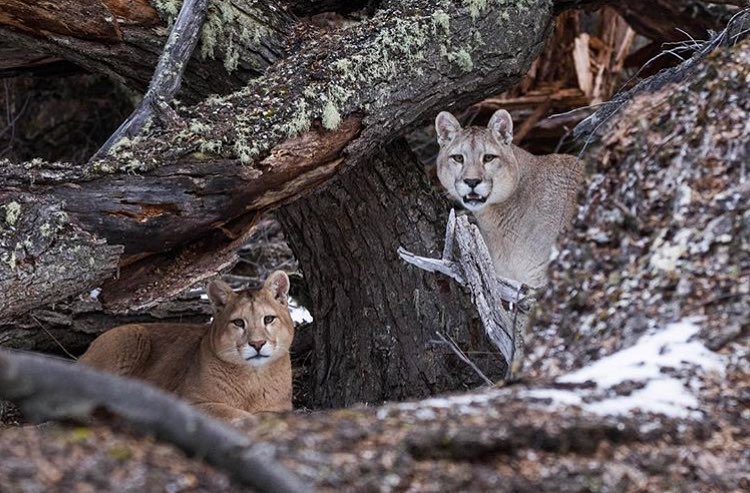
“A sighting can never be assured, but with a seasoned observer like Matias, a farmer’s son and sometime hunter, the chances are greatly improved. He spotted an owl tucked away inside a hollow tree, and could spot a guanaco’s head popping above the camouflage of a rock at a distance.
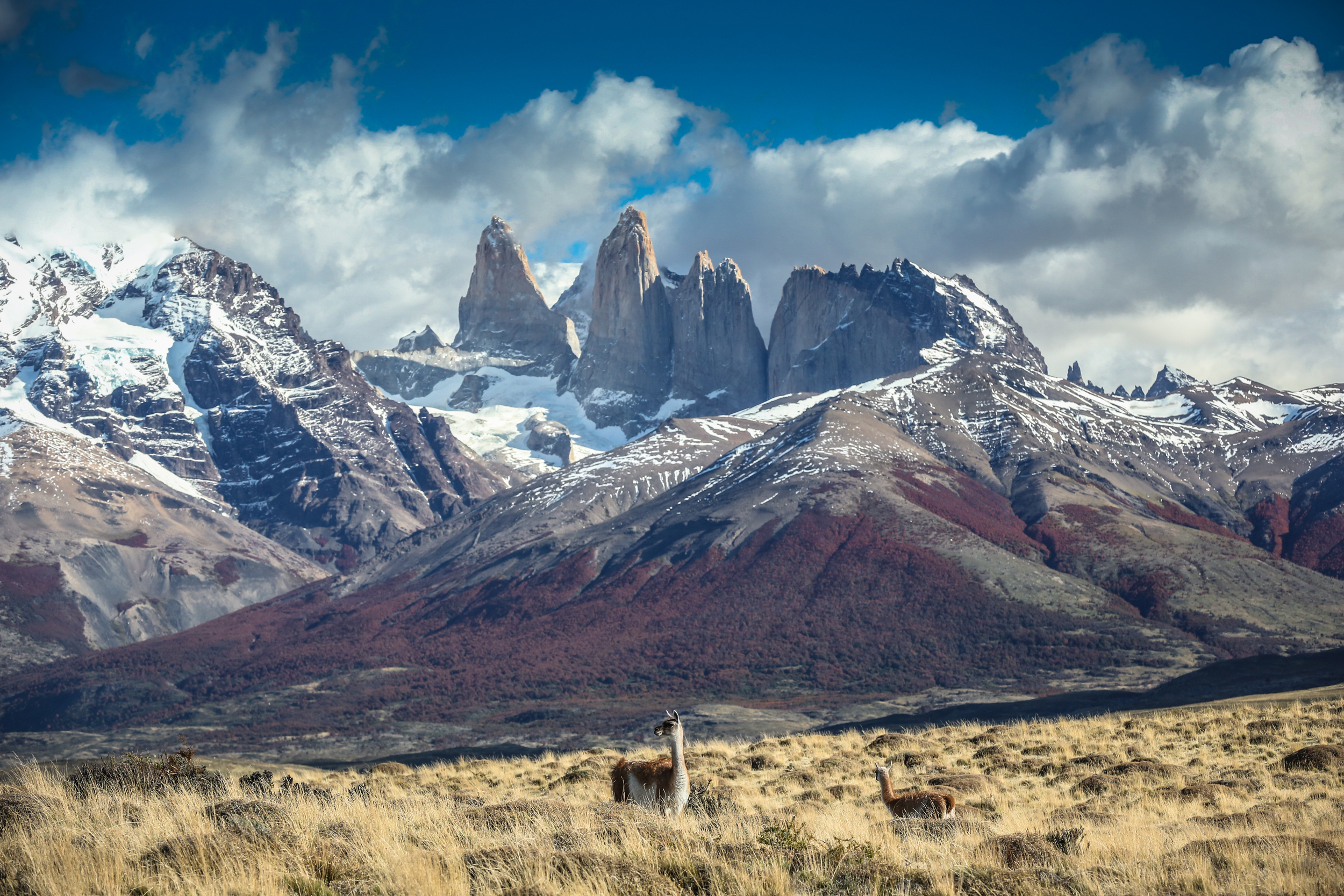
“Awasi Patagonia, a collection of 14 native beechwood villas on a hillside with views across to the “towers” of Torres del Paine, is the ultimate redoubt for those seeking peace, gourmet cuisine and fine wines – now it’s also the best place to see South America’s most elusive big cat.”
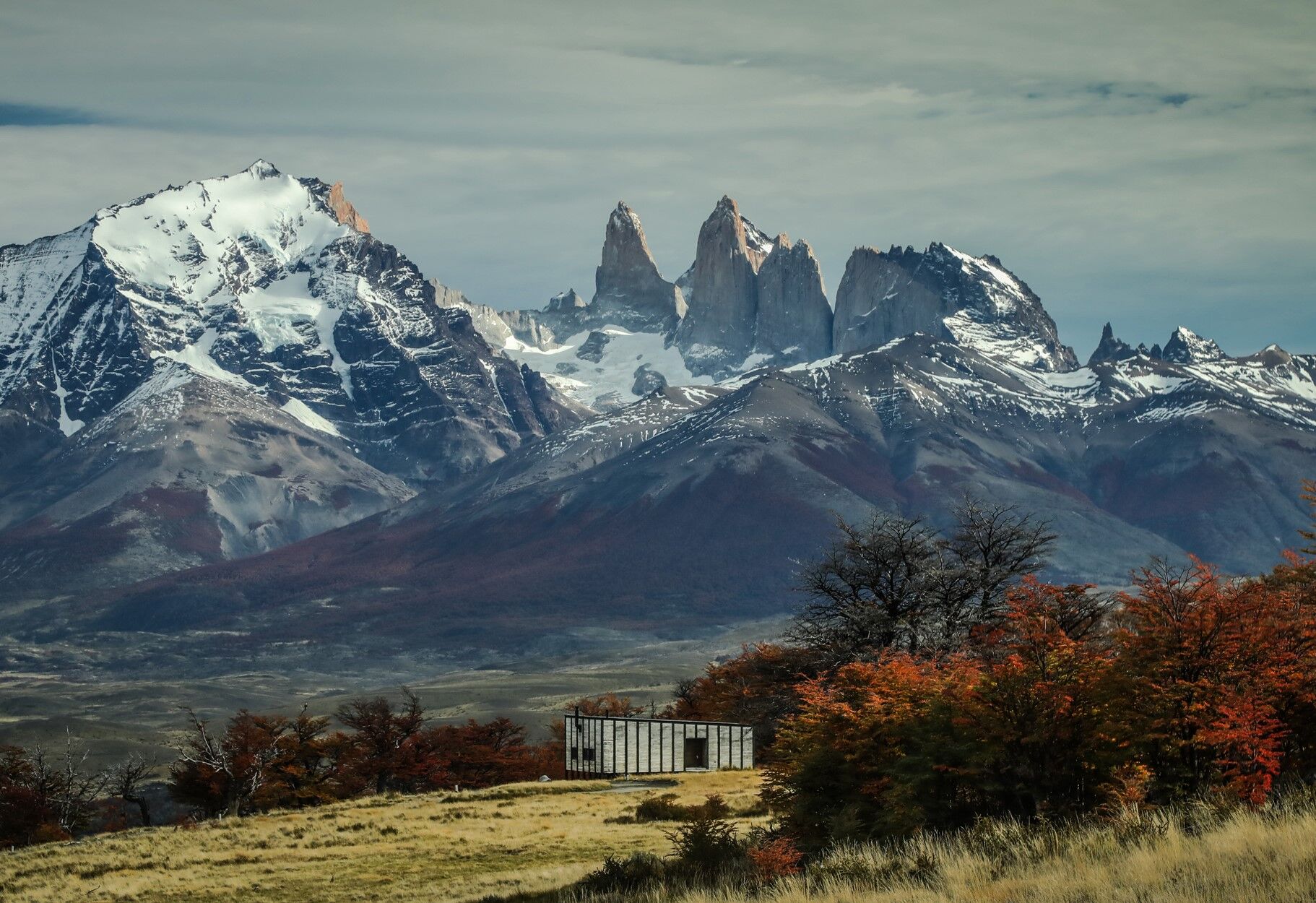
The full article was published in leading British newspaper, The Telegraph. For more information see awasipatagonia.com

